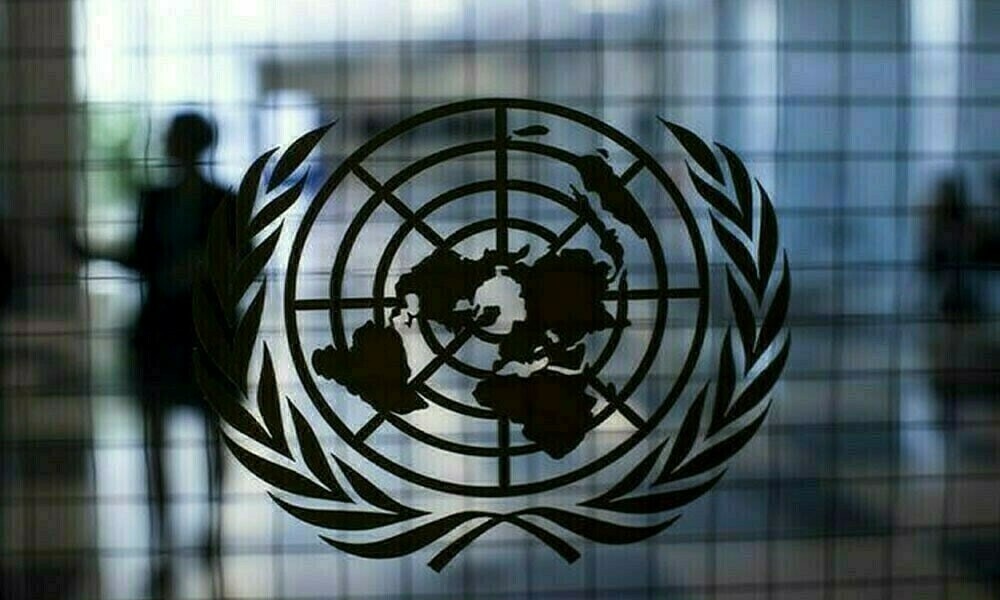The United Nations has issued a stark warning: recent U.S. cuts to funding for global HIV/AIDS programs threaten to reverse decades of progress in the fight against the epidemic. With millions relying on initiatives like PEPFAR, the sudden pause in assistance has already disrupted prevention efforts, closed clinics, and scaled back treatment services, particularly in high-burden regions.
UNAIDS forecasts that, unless funding is restored or replaced, an additional 6 million new HIV infections and 4 million AIDS-related deaths could occur globally by 2029. Daily new infections could surge to around 2,000 per day, and the number of deaths could jump tenfold compared to current rates.
These disruptions disproportionately impact vulnerable groups such as women and girls, LGBTQ+ individuals, youth, and sex workers. Around 60% of women-led HIV programs have already lost funding or shut down, undermining hard-won gains against the epidemic.
In Africa, and parts of Latin America and Eastern Europe, clinic closures and drug shortages are already affecting care delivery and surveillance systems. Emergency rollout programs, like PrEP (pre-exposure prophylaxis), have seen dramatic declines.
Amid these setbacks, some countries have begun increasing their domestic HIV funding, but these efforts remain insufficient to make up the shortfall. UNAIDS urges gender equality in financing, debt relief assistance, and reform of international institutions to help low- and middle-income countries finance their responses.
According to UN leadership, the sudden withdrawal of global aid amounts to a “ticking time bomb”, with ripple effects that could lead to a full-scale resurgence of the AIDS pandemic, reaching levels unseen since the late 1990s.



Comments (0)
No comments yet. Be the first to comment!
Leave a Comment